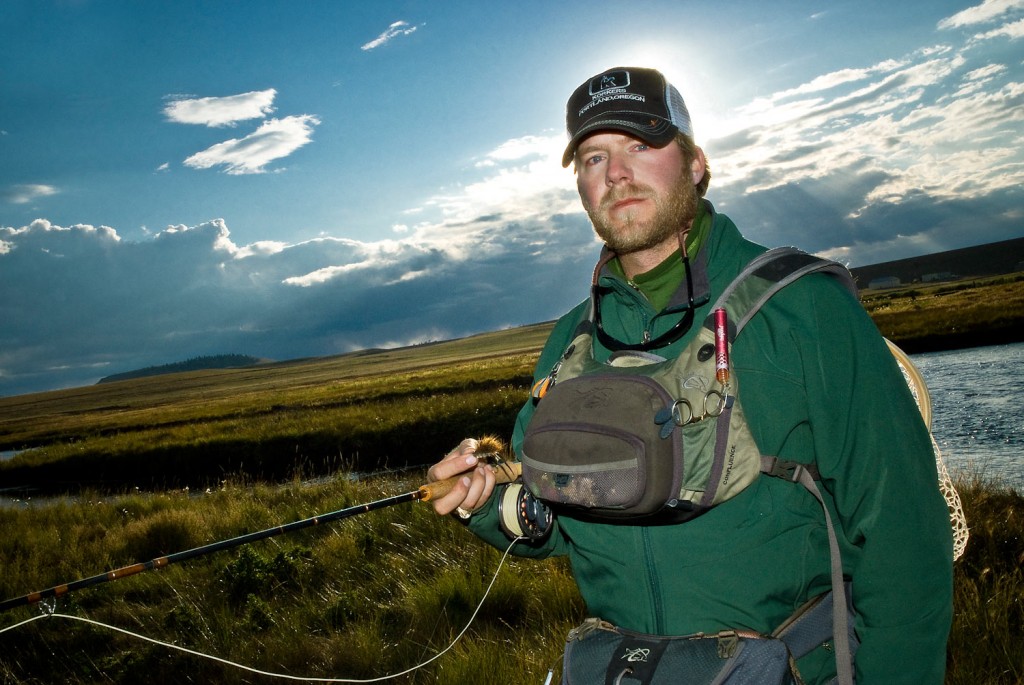When shooting in natural light you can often create dramatic and beautiful effects with fill flash.
If you have a dedicated flash for your camera, it can be pretty easy. Here’s how to start. Most DSLR cameras have a flash output adjustment. It allows you to turn up and down the flash power in thirds of stops: -.3 being one-third stop darker than a normal exposure, – 1 being a full stop darker. There is a similar adjustment for ambient light exposure. If you’re not sure how to set these functions check you manual. For a nice natural fill flash look, set your flash in TTL mode and start with a setting of +1 for ambient exposure and -2 for flash exposure. Check the results on the view screen and adjust up for a brighter image or down for a darker image. Experiment and see how the image changes. Your first results may not be perfect but you will get the hang of it.
Louis Cahill Gink & Gasoline www.ginkandgasoline.com hookups@ginkandgasoline.com Sign Up For Our Weekly Newsletter!


The thing about fill flash is that it removes shadows on the face or subject. The professionals take it to a much higher limit, when they use reflectors while shooting portfolios such as a magazine shoot. The good news is we can preview our shots on the back of the camera. I always loved to take photos during the golden hour or about 15 minutes before sunset (unless you’re near the equator). As fishermen, we rarely get that opportunity, but you can simulate the effect with like Lee CTO (color temperature orange) correction gels or similar, then you would match the flash color temperature matched to the ambient temperature. For daylight that is 5600 Kelvin. As Louis indicated, just a fill flash will give you great results. The good news the white balance is also corrected.
Any change to the fill flash setting when a shiny reflective fish is in the picture? I always run into problems when my flash is on and the fish (salmon or trout) blows out the image.
Ted: Great question. Hope Louis gets back to you as I would also like to know how a pro handles that situation. My low tech version has been to change the angle the fish is being held at. Often takes several shots with fish in the water in between each, but at least one shot usually works.
cool, didn’t know that was possible! Thanks for the advice!